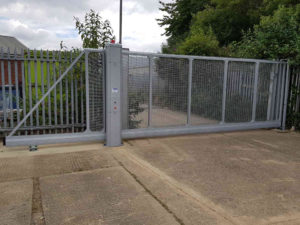
In uncertain economic periods, crime always booms, and businesses need to be prepared to protect themselves, not only in terms of their commercial outlook but also in their physical security. Let’s look at 3 steps for a successful perimeter security strategy that all businesses can implement.
Step one: risk assessments
The number one step in perimeter security preparation is to have a professional risk assessment. The old saying of “fail to prepare and you prepare to fail” rings true here and you must employ the advice of experts.
Rather than relying on guesswork to deter criminal activity, a risk assessment should deliver cold hard facts as to where any vulnerabilities lie and the steps and products that can help you to address them.
A good risk assessment should involve plenty of conversation to understand the needs, procedures and operational requirements of your business. It should look at the threats you face, the location of your business and the nature of the site, as well as geographical constraints and any other factors that might come into play.
Step two: integration and technological advances
No business is the same and it might be that you already employ some aspects of perimeter security at your site. If this is the case then you should consider how up-to-date your current defences are. Advances in technology mean that many traditional forms of defence including gates and barriers can be enhanced with access control equipment like fobs, keys, pin pads and even biometrics like fingerprint scanners. Equally, you might be able to take advantage of cutting-edge technology like automatic number plate recognition systems.
Step three: maintenance and repairs
Like anything in life, security equipment needs a little bit of TLC every now and then. After all, a faulty gate, turnstile or barrier will be of no use in protecting your business from crime.
Perimeter security tools can be impacted by weather conditions like wind, rain and snow and certain materials can naturally degrade over time. Equally, more technologically advanced equipment may need to be updated or given maintenance periodically.
Any security company that you work with should be able to not only tell you how best to maintain your perimeter security tools against the elements but also be able to come to aid quickly should more serious problems arise.
For example, if a vehicle were to crash into one of your gates and leave them unusable, your key barrier in preventing unauthorized access would be ineffective until you could arrange for an engineer to call out to you.
Whether your business runs from small retail premises or a large industrial site, Gateway Automation can help. We provide you with a free, no-obligation quotation and feasibility survey to assess your perimeter security equipment. We also offer a nationwide reactive call-out service to deal with any equipment issues and are proud to be Gate Safe accredited. Please contact us on 01522 682255 for more information

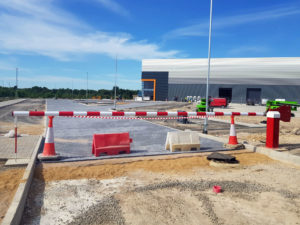
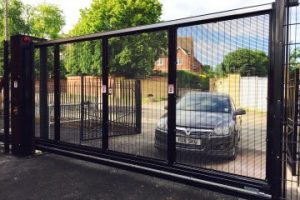

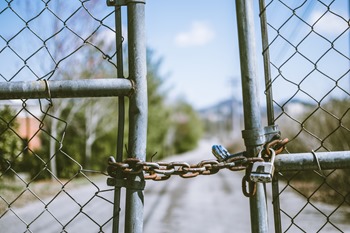 One of the biggest headaches that property owners face is that of trespass. Trespassers and unwanted visitors can in a short amount of time create both temporary and permanent damage to your property that can leave you stressed and out of pocket. Whether through criminal damage, littering, or arson, there are many reasons to be fearful of trespass damage, and even more reasons to take pre-emptive action, as we will discuss here.
One of the biggest headaches that property owners face is that of trespass. Trespassers and unwanted visitors can in a short amount of time create both temporary and permanent damage to your property that can leave you stressed and out of pocket. Whether through criminal damage, littering, or arson, there are many reasons to be fearful of trespass damage, and even more reasons to take pre-emptive action, as we will discuss here.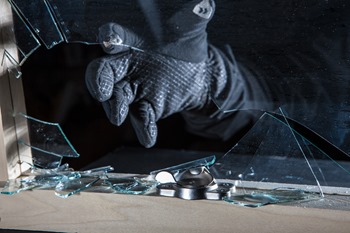 No matter the size or scale of your operations, burglary can have disastrous consequences for a business. From cash and asset losses through to negative press articles and the impact on employees caught up in the event, the fallout can be massive.
No matter the size or scale of your operations, burglary can have disastrous consequences for a business. From cash and asset losses through to negative press articles and the impact on employees caught up in the event, the fallout can be massive.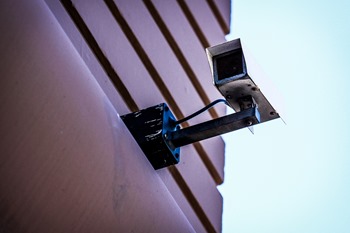 In recent years, internet and cyber security has become a hot topic. Ransomware, malware, phishing, and other malicious software all present very credible threats to businesses. And a failure to address these types of issues can, indeed, leave businesses in hot water.
In recent years, internet and cyber security has become a hot topic. Ransomware, malware, phishing, and other malicious software all present very credible threats to businesses. And a failure to address these types of issues can, indeed, leave businesses in hot water.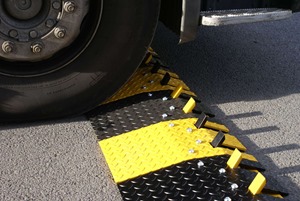 Crime is on the rise, and with a gloomy economic outlook forecast by most, it is widely expected that things will get worse before they get better. Not only do businesses need to be prepared for how their businesses can thrive through difficult market conditions, they also need to consider how they might best protect themselves from an inevitable onset of commercial crime.
Crime is on the rise, and with a gloomy economic outlook forecast by most, it is widely expected that things will get worse before they get better. Not only do businesses need to be prepared for how their businesses can thrive through difficult market conditions, they also need to consider how they might best protect themselves from an inevitable onset of commercial crime. If you’re reading this blog; then the chances are that you have identified perimeter security as an area of your business that needs to be addressed. Like many businesses, you may be concerned about the massive derailment of operations that can result from a serious security breach. If this is the case then read on to discover how perimeter security is fundamental to safeguarding your income, reputation, and peace of mind. And importantly, what questions you should ask when discussing your needs with a provider.
If you’re reading this blog; then the chances are that you have identified perimeter security as an area of your business that needs to be addressed. Like many businesses, you may be concerned about the massive derailment of operations that can result from a serious security breach. If this is the case then read on to discover how perimeter security is fundamental to safeguarding your income, reputation, and peace of mind. And importantly, what questions you should ask when discussing your needs with a provider. No matter whether you are a small, medium, or large organisation, there is always a place for physical security. Your business is home to your data, your employees and more so you must ensure they are protected as much as possible. Not only does physical security help protect your premises from an in-person attack but it also helps boost the strength of a company’s cybersecurity as well. Here are seven physical security measures every organisation should implement.
No matter whether you are a small, medium, or large organisation, there is always a place for physical security. Your business is home to your data, your employees and more so you must ensure they are protected as much as possible. Not only does physical security help protect your premises from an in-person attack but it also helps boost the strength of a company’s cybersecurity as well. Here are seven physical security measures every organisation should implement.
Recent Comments